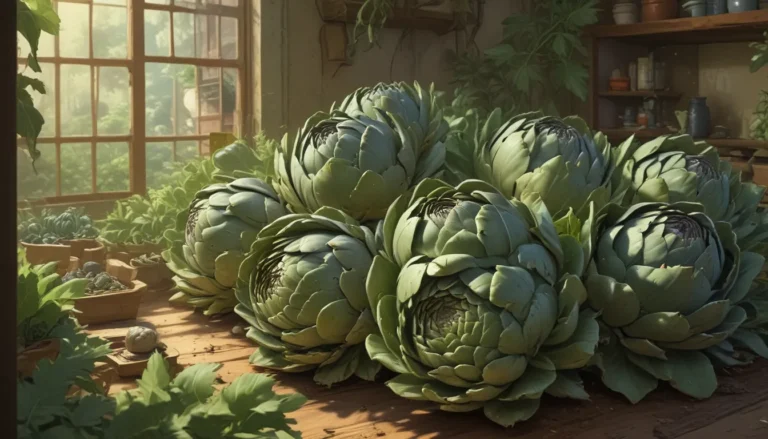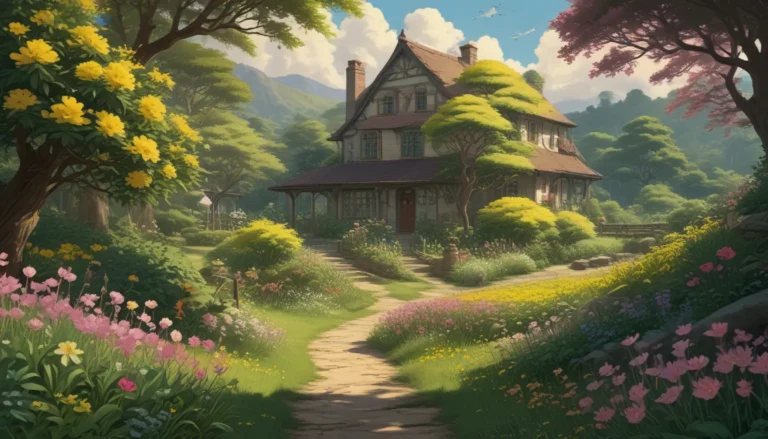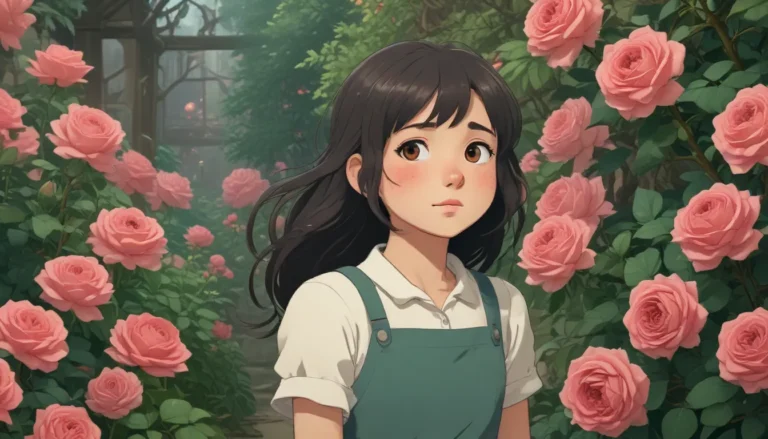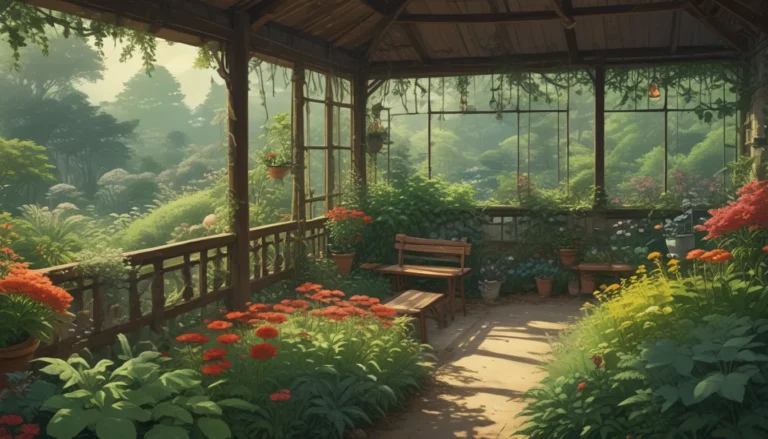9 Stunning Grape Hyacinth Varieties to Elevate Your Garden
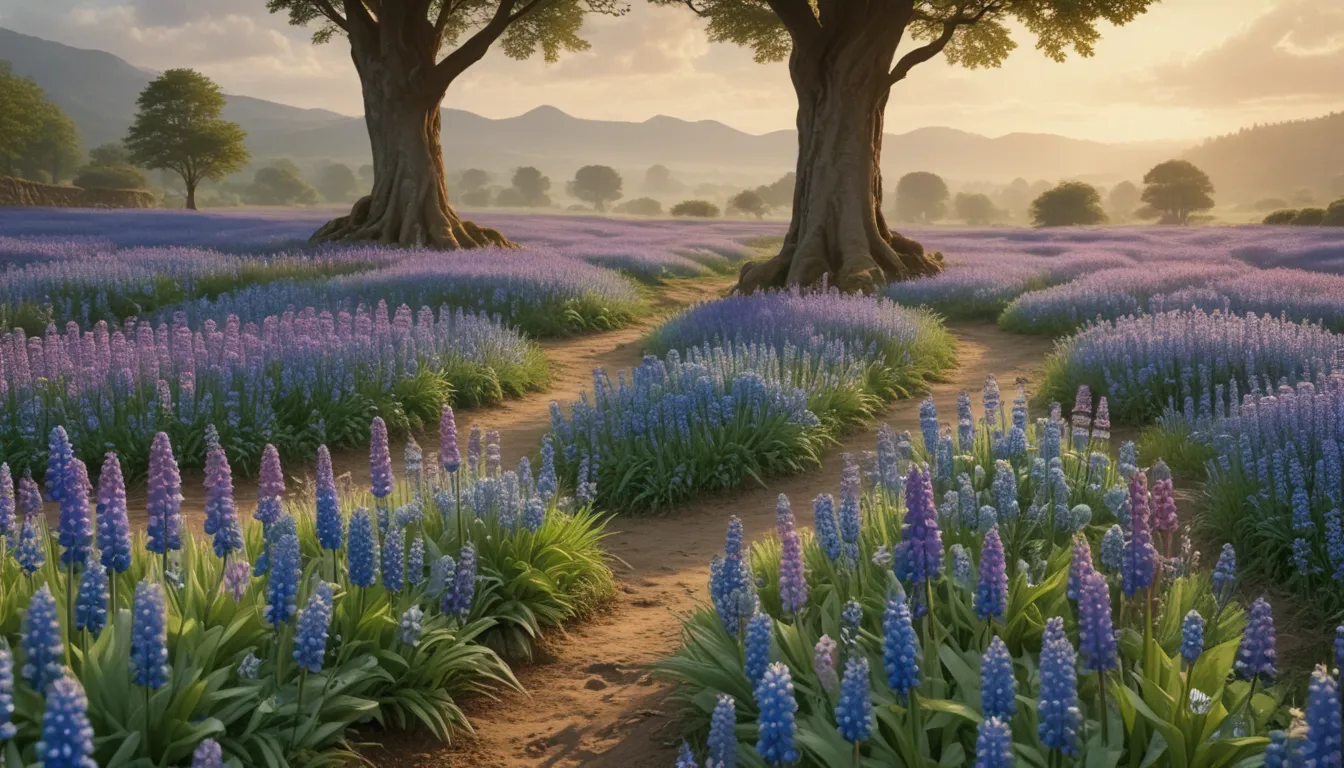
Grape hyacinth, scientifically known as Muscari spp., is a delightful addition to any garden, with its vibrant colors and sweet fragrance that signal the beginning of spring. These charming flowers come in traditional shades of blue and violet, as well as a range of other colors like pink, white, and yellow. Their mass planting creates a stunning effect, perfect for beds, borders, containers, and rockeries, or even scattered in lawns and woodlands.
These bulbs are not only visually pleasing but also easy to care for, making them a favorite among gardeners. Grape hyacinths multiply quickly, enhancing their beauty year after year, and require minimal maintenance. Additionally, they can be used as lovely cut flowers and can be forced indoors for winter blooms.
In this detailed guide, we will explore nine of the best grape hyacinth varieties to brighten up your spring landscape. From the popular Armenian bulbs to lesser-known species, each one offers its unique charm that will elevate your garden.
Grape Hyacinth Varieties for Your Garden
1. M. armeniacum
- Renowned for its cobalt blue to royal purple flowers.
- Hardy in Zones 4-8.
- Ideal for mass planting.
- Cultivars available in blue, pink, and white.
Varieties:
– White Magic – Pure white grape hyacinths.
– Blue Grape – Bags of ‘Blue Grape’ bulbs available.
2. M. aucheri
- Produces single or bicolored flowers in shades of blue and white.
- Hardy in Zones 5-9.
- Fruity and musky fragrance.
- Suitable for large drifts, borders, and containers.
Varieties:
– Dark Eyes – Sapphire blue flowers in packets of 15 bulbs.
3. M. azureum
- Features fluffy florets in baby blue to white.
- Ideal for the front of beds and borders.
- Hardy in Zones 4-8.
4. M. botryoides
- Also known as Italian muscari.
- Cold hardy and robust, suitable for Zones 3-9.
- Sweet, honey-musk fragrance.
- Perfect for perennial flower beds and containers.
5. M. comosum
- Distinctive tassel grape hyacinth with neon purple flowers.
- Tall varietal with 8-12 inch stems.
- Hardy in Zones 4-8, ideal for beds, borders, and containers.
6. M. latifolium
- Eye-catching bicolored blooms of inky-blue and white.
- Broad leaves resembling tulips.
- Stems up to 12 inches tall, blooming in early spring.
- Hardy in Zones 3-8, perfect for underplanting daffodils and tulips.
7. M. macrocarpum
- Bicolor flowers starting as dusty purple and turning to yellow.
- Fruity fragrance.
- Hardy in Zones 5-8, ideal for beds and containers.
8. M. plumosum
- Known as feather muscari or “lunatic flower.”
- Blooms in shades of pink to amethyst.
- Spectacular addition to beds, borders, and containers.
- Hardy in Zones 4-8.
9. M. paradoxum
- Mesmerizing jewel-like colors changing from teal green to inky purple.
- Fragrant flowers.
- Ideal for repetitive groups or waves and underplanting with white tulips.
- Hardy in Zones 4-8.
Reliable Color for Every Garden
Grape hyacinths are perfect for gardeners seeking low-maintenance plants that provide reliable color and fragrance. With a variety of species to choose from, you can easily find the perfect grape hyacinth to enhance your garden. Whether you’re mass planting them or adding them to containers and pathways, these delightful flowers are sure to brighten up your landscape.
Do you already have grape hyacinths in your garden? Which of these varieties will you add next? Share your thoughts in the comments and don’t forget to show us a photo of your beautiful blooms!
For more spring flowers to add color to your garden, check out these guides:
– 11 of the Best Crocus Varieties for Your Garden
– Delightful Daffodils, a Springtime Must-Have
– How and When to Transplant Grape Hyacinths
Remember to enjoy the vibrant beauty of grape hyacinths in your garden and watch them bloom year after year!

